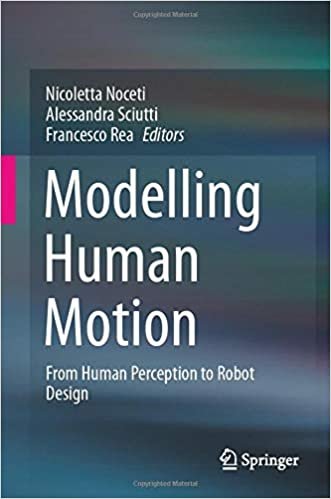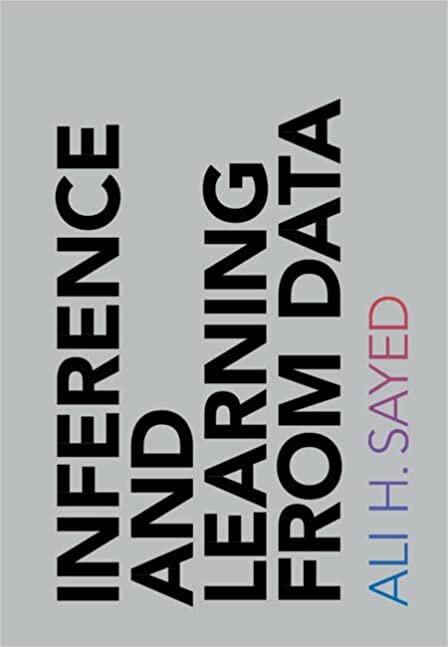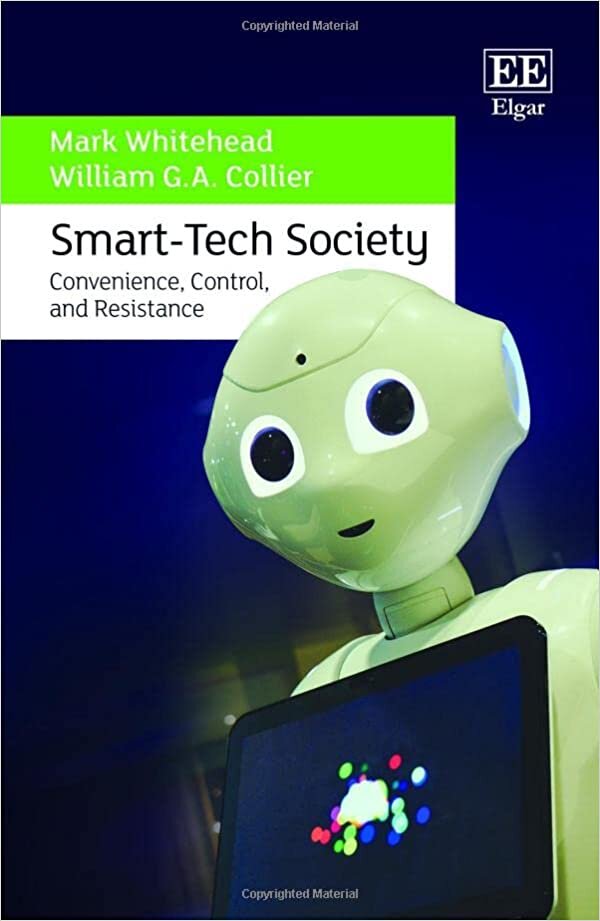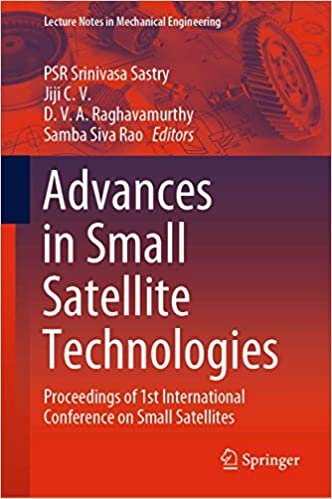Amacımız .fb2 formatında bir kitap okumanıza yardımcı olmaktır. Böylece Modelling Human Motion: From Human Perception to Robot Design kitabını kolayca açabilir ve Springer; 1st ed. 2020 basım ile diğer birçok kitabı okuyabilirsiniz. Bu biçim, Modelling Human Motion: From Human Perception to Robot Design dahil olmak üzere elektronik kitap okumak için bir yazılım üreticisi olan birçok yayıncı tarafından yaygın olarak desteklenmektedir. Kitapları FictionBook formatında saklamanın destekçilerinin temel amacı, bir FictionBook format dosyasını {{title} da bulabileceğiniz diğer popüler formatlara kolayca (otomatik olarak dahil) dönüştürme yeteneğiyle Modelling Human Motion: From Human Perception to Robot Design kitabının yapısını açıkça saklamaktır. } Web sitemizde. İşleme sırasındaki bu depolama, kitapları başka bir biçimde depolamaktan çok daha az zaman ve çaba gerektirir. En önemlisi, FictionBook formatı Modelling Human Motion: From Human Perception to Robot Design gibi kurgu için uygundur. Bu biçim, e-kitapların ve "okuyucuların" artan popülaritesi ile birlikte popülerlik kazanmaktadır. Bu nedenle, Modelling Human Motion: From Human Perception to Robot Design kitabını bu biçimde indirmenizi öneririz. Dahası, neredeyse her cihazda açabilirsiniz. Bu biçim sayesinde Modelling Human Motion: From Human Perception to Robot Design kitabı, hareket halindeyken veya canlı bir kitap alamayacağınız veya bir dizüstü bilgisayarda açamayacağınız alışılmadık bir yerde okumak için çok uygun olan tabletinizin veya akıllı telefonunuzun ekran boyutuna otomatik olarak ayarlanır.
| Yazar | Springer; 1st ed. 2020 basım |
|---|---|
| Yayın Evi | Springer; 1st ed. 2020 basım |
Fransızca Rusça Book on Demand Ltd. ERWIN N GRISWOLD LAP LAMBERT Academic Publishing ROBERT H BORK İngilizce Türkçe İspanyolca Gale, U.S. Supreme Court Records Independently published WADE H MCCREE Kolektif Springer Additional Contributors HACHETTE LIVRE-BNF Almanca MDPI AG
Modelling Human Motion: From Human Perception to Robot Design
| Yazar | Springer; 1st ed. 2020 basım |
|---|---|
| İsbn 10 | 3030467317 |
| İsbn 13 | 978-3030467319 |
| Yayın Evi | Springer; 1st ed. 2020 basım |
| tarafından gönderildi | 7 Eylül 2020 |
The new frontiers of robotics research foresee future scenarios where artificial agents will leave the laboratory to progressively take part in the activities of our daily life. This will require robots to have very sophisticated perceptual and action skills in many intelligence-demanding applications, with particular reference to the ability to seamlessly interact with humans. It will be crucial for the next generation of robots to understand their human partners and at the same time to be intuitively understood by them. In this context, a deep understanding of human motion is essential for robotics applications, where the ability to detect, represent and recognize human dynamics and the capability for generating appropriate movements in response sets the scene for higher-level tasks. This book provides a comprehensive overview of this challenging research field, closing the loop between perception and action, and between human-studies and robotics. The book is organized in three main parts. The first part focuses on human motion perception, with contributions analyzing the neural substrates of human action understanding, how perception is influenced by motor control, and how it develops over time and is exploited in social contexts. The second part considers motion perception from the computational perspective, providing perspectives on cutting-edge solutions available from the Computer Vision and Machine Learning research fields, addressing higher-level perceptual tasks. Finally, the third part takes into account the implications for robotics, with chapters on how motor control is achieved in the latest generation of artificial agents and how such technologies have been exploited to favor human-robot interaction. This book considers the complete human-robot cycle, from an examination of how humans perceive motion and act in the world, to models for motion perception and control in artificial agents. In this respect, the book will provide insights into the perception and action loop in humans and machines, joining together aspects that are often addressed in independent investigations. As a consequence, this book positions itself in a field at the intersection of such different disciplines as Robotics, Neuroscience, Cognitive Science, Psychology, Computer Vision, and Machine Learning. By bridging these different research domains, the book offers a common reference point for researchers interested in human motion for different applications and from different standpoints, spanning Neuroscience, Human Motor Control, Robotics, Human-Robot Interaction, Computer Vision and Machine Learning. Chapter 'The Importance of the Affective Component of Movement in Action Understanding' of this book is available open access under a CC BY 4.0 license at link.springer.com.

















